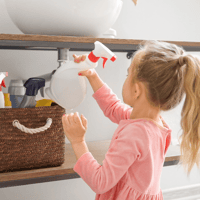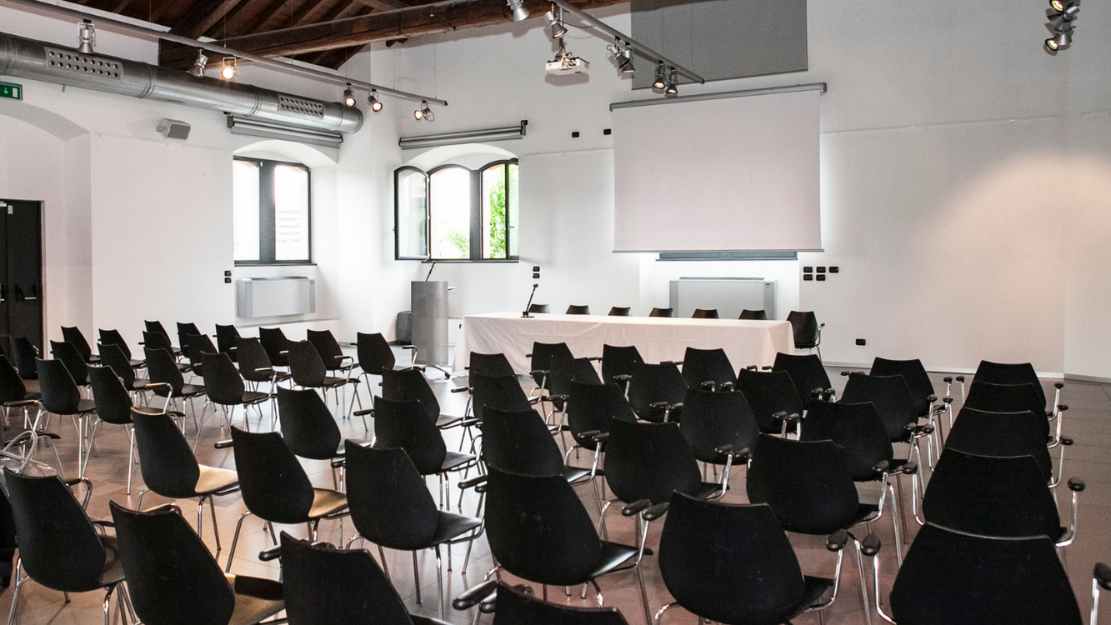Chem-Academy CLP Article 45 Workshop - 2021

The Chem-Academy workshops are one of the more popular events on the safe use of chemicals and regulations. Aimed at product safety managers, we were happy to have had the opportunity to meet with many familiar people and faces. We have always been a part of the CLP Article 45 Regulation workshop since it first started in 2018.
We look forward to the following events, where we hopefully get to meet in person again. For now, here are some highlights of this one.
Experiences About Poison Center Notifications - Authorities
 Dr. Stedtler from the Poison Information Centre (Vergiftungs-Informations-Zentrale, VIZ) started the workshop to remind of the regulation's importance. In the last 15 years, the number of poisoning cases has been growing. Most of the phone calls they receive are from parents with children. To effectively help them, quickly identifying the products in the poisoning case and having precise information at hand is crucial to administer the best first-aid advice. This is especially important when determining the dose of exposure. In case no accurate information is available, the poison centre assumes the worst case and recommends intervention accordingly. This can lead to overtreatment of the patient.
Dr. Stedtler from the Poison Information Centre (Vergiftungs-Informations-Zentrale, VIZ) started the workshop to remind of the regulation's importance. In the last 15 years, the number of poisoning cases has been growing. Most of the phone calls they receive are from parents with children. To effectively help them, quickly identifying the products in the poisoning case and having precise information at hand is crucial to administer the best first-aid advice. This is especially important when determining the dose of exposure. In case no accurate information is available, the poison centre assumes the worst case and recommends intervention accordingly. This can lead to overtreatment of the patient.
Following that, Ms. Begemann from the Bundesinstitut für Risikobewertung (BfR) presented that companies have been very efficient at making the switch from submission via the BfR portal to the ECHA Submission Portal. Only about 1% of notifications are still being submitted through the BfR portal. More than 80% of the notifications received are submitted via system-to-system (S2S) integration to the ECHA Submission Portal. The number of Poison Centres Notifications submitted to the BfR with the PCN format already surpassed the number of notifications submitted via the predecessor, the national XProductNotification.
UFI and Switzerland
Dr. Kappes from the Bundesamt für Gesundheit (BAG) presented on the notification requirements and UFI for Switzerland. As Switzerland is not part of the EU, CLP Art. 45 does not apply to them. Instead, Switzerland has its law on chemicals, often referred to as the ChemO (chemical ordnance, Verordnungen zu Chemikalien). The Swiss laws usually follow suit to EU regulations such as REACH and CLP. Hence, producers and importers are also required to notify chemicals for emergency response. For easy product identification, Switzerland follows the CLP Art. 45 Annex VIII approach and introduces the UFI as a mandatory part of the notification of hazardous chemical mixtures starting 1st of January 2022. See our article on the UFI requirement in Switzerland! A brief – including the different deadlines – is already available here
Experiences Implementing Poison Center Notifications – Industry
Dr. Paven from Covestro shared the challenges and experiences meeting the requirements of CLP Art. 45 with the workshop attendees. This was followed by other interesting industrial perspectives, such as Mr. Gonzalez from the European Mortar Industry Organization (EMO) and Mr. Heuer from the Bundesstelle für Chemikalien. Mr. Gonzales outlined the challenges of the Poison Centres Notification for the mortar industry, mainly due to the vast variability in the composition of technically identical mixtures. Mr. Heuer provided an excellent overview of the different notification obligations of various stakeholders along the supply chain when placing mixtures on the market. According to Mr. Heuer, it is still a challenge for the industry to legally and efficiently handle notification obligations along the supply chain.
Following these presentations, Mr. Bremer from SI PRO GmbH provided insights into the technical requirements of the Poison Centres Notification format and the integration in an EHS system.
After Mr. Bremer's presentation, the participants could quickly recharge on their home coffee machines before two more presentations from DAW SE (Dr. Helmut Möbus), and Klüber Lubrication München SE & Co. KG (Jörg Kowski) followed to end the day.
Dr. Möbus did a great job explaining the challenges of implementing CLP Art. 45 as a European paint producer. Topics like the vast product portfolio, toll manufacturing, point of sales formulation, etc., needed to be considered when implementing the Poison Centres Notification software and the corresponding business processes. Due to the implementation of opesus EPN and the system-to-system connection to ECHA, DAW managed to submit a 6-figure number of notifications in time. Considering the software implementation project, establishing new business processes, and required data maintenance, the effort per notification was about 1 minute in 2020. Dr. Möbus expects the effort per notification to decrease significantly during 2021 to about 30 seconds.
After Dr. Möbus presentation, Mr. Kowski from Klüber Lubrication München SE & Co. KG outlined the challenges of implementing CLP Art. 45 as a downstream user and showed how Klüber set up their Poison Centres Notification project. The multiple amendments to CLP Art. 45 Annex VIII needed to be continuously considered, and Klübers software solution (opesus EPN – PCN) adapted accordingly. Klüber managed to implement the Art. 45 compliance requirements successfully. With the help of opesus EPN, Klüber improved the quality of their data and submitted a 5-figure number of product notifications via system-to-system communication. Mr. Kowski finished his presentation looking into future compliance requirements and shared ideas on how product safety can be successful.
After Klüber's presentation, Mr. Nehls from Chem-Academy ended the very informative and successful webinar. We’re happy to be a part of this series and look forward to the next opportunity and hopefully, we get to meet in person!

-1.png)
